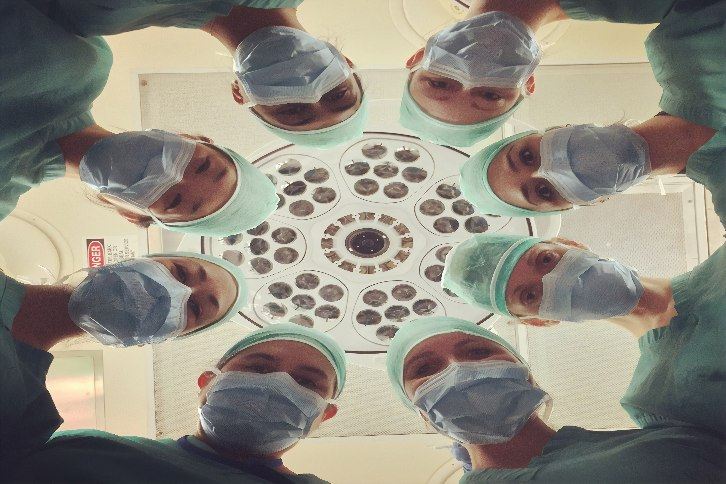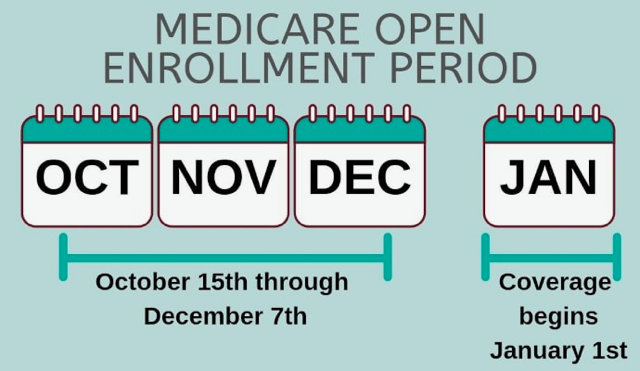
4 Key Ways Healthcare Providers Can Cultivate a Patient Safety Culture

We often think of patient experience and patient safety as two separate initiatives. But Dr. Donna Prosser, Chief Clinical Officer at the Patient Safety Movement Foundation (PSMF), says they’re one and the same. To deliver a great experience at your organization, she believes, you must also develop a patient safety culture.
“Quality, safety, and service are all so interrelated that you can’t separate them,” Dr. Prosser said. “Patients not getting quality care are not going to be safe.”
After years of clinical, administrative, and consulting experience, Dr. Prosser has become an expert on all things patient safety. She and PSMF are on a mission to spread this knowledge across the world. Ultimately, they aim to eliminate all deaths and harm from preventable medical errors by 2030. While Dr. Prosser acknowledges this is ambitious, she also believes it is possible.
Quality Reviews® CEO, Edward Shin, MD sat down with Dr. Prosser in a recent webinar to discuss how providers can improve patient safety, the most common safety issues facing health organizations today, and why the time to commit to safety initiatives is now. Below are a few highlights from their conversation — watch the full webinar to see it in its entirety.
Patient Safety Culture Best Practices
1. Think Globally
One of the biggest mistakes healthcare providers make when trying to adopt a patient safety culture is trying to identify and tackle issues in a piecemeal fashion. Providers need to look at performance globally, Dr. Prosser said, not from a population-specific, departmental, or individual-practitioner level.
After all, safety issues often persist even when the individuals who make up the healthcare system are already putting their heart and soul into their work, she said.
“Everyone does the best job they can — no one wants to intentionally cause harm. But we’re looking at it through the lens of our individual practice, and it’s the system that we have to fix.”
In order to determine what exactly in your system needs fixing, you’ll have to investigate internally.
“[PSMF doesn’t] want to tell hospitals what they need to do — they need to do a holistic assessment of all processes and determine for themselves what priorities are,” such as reducing infections or improving patient satisfaction, Dr. Prosser said.
Once they do decide what those priorities are, PSMF can “provide blueprints, education, and coaching for all of it.”
2. Learn from the Best
While each healthcare provider is unique, many of them share similar struggles — so it can be well worth it to learn which issues your fellow providers have and how they deal with them.
PSMF has identified 18 key safety challenges that providers face, and come up with a number of evidence-based best practices that make it easier for administrators to create a patient safety culture, which they call actionable patient safety solutions (APSS). These APSS come as a result of collaboration and conversation with scores of different healthcare providers, including high-profile health systems like Kaiser Permanente. The resources are free and available to any provider that makes a patient safety commitment to PSMF.
Now, Dr. Prosser and her organization are going beyond just sharing this knowledge through resources to actually helping committed partners implement them through tactics like clinical workflow, performance improvement plans, patient education sessions, and even virtual coaching.
3. Break Down Silos
Any given healthcare provider might have 10 or so different operational improvement projects happening simultaneously. These initiatives are often divided among a handful of different departments and teams that may not even interact with one another. But when this happens, it’s a losing strategy, Dr. Prosser said.
“All of these different teams across the hospital are vying for the same resources to make performance improvement projects happen… They’re all trying hard, but the right hand doesn’t know what the left hand is doing,” Dr. Prosser said. Often, these teams are “either competing for resources or bombarding the front line with 10 different ways of implementing something.”
“That’s where bottlenecks occur and sustainment doesn’t happen,” she added.
Creating a person-centered patient safety culture requires continuous, holistic improvement, and for that to occur, all different teams and departments must be working toward a united goal and in close contact with one another.
4. Act Urgently
A watershed 1999 report from the Institute of Medicine calculated that about 100,000 preventable patient deaths due to medical error occur each year. In a 2010 follow-up report from the inspector general, that estimate increased to 180,000. Today, the exact number keeps changing — “we don’t have a great mechanism to track it,” Dr. Prosser said — but it could very well be even higher.
In order to fix it, providers must “understand the perspective of administrators, clinicians, patients and family,” Dr. Prosser explained. “We all have the same challenges that we’ve spent the last 20 years desperately trying to improve.”
Still, Dr. Prosser is optimistic about the future, and the ability to get preventable medical errors down to zero.
“It’s doable — we just have to partner together and have a sense of urgency. We can’t wait another 20 years,” she said. “It’s in our best interest to fix it before we’re the people in the bed.”
Interested in learning more about creating a patient safety culture from Dr. Prosser? Watch the full webinar between her and Dr. Shin.








